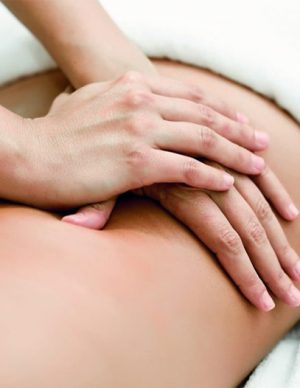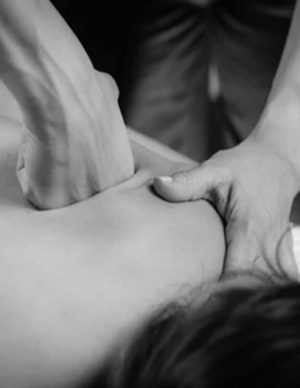

During a deep tissue massage, a massage therapist uses their hands, fingers, knuckles, elbows, or even specialized tools to apply pressure to the muscles and reach the deeper layers of tissue. The therapist may use various techniques such as stripping, friction, and kneading to break up adhesions (bands of painful, rigid tissue) and relax tight muscles.
The goal of deep tissue massage is to relieve chronic muscle tension and knots, increase blood circulation, reduce inflammation, and promote overall relaxation. It can be beneficial for individuals with chronic pain, muscle injuries, postural problems, and limited mobility. Deep tissue massage is often recommended for athletes or those involved in physically demanding activities.
It is important to note that deep tissue massage can be intense and may cause some discomfort or soreness during or after the session. It is crucial to communicate with the massage therapist and provide feedback regarding your comfort level to ensure the pressure is appropriate for you.